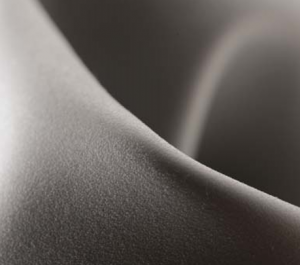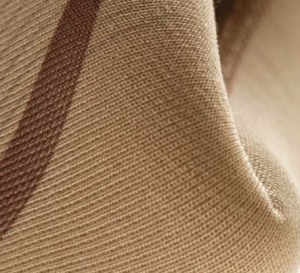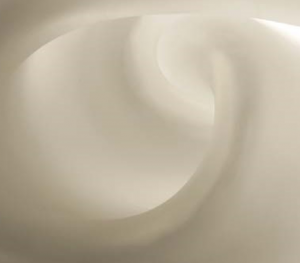3 types of liners for leg prostheses
A liner can make all the difference when it comes to the comfort of your prosthesis. But what exactly is a liner? And what types of liners are available?
A liner is a kind of sock that is pulled over your residual limb. It connects your residual limb with the prosthetic socket. In other words, it is a protective cover made of soft material. By wearing a liner over your residual limb, you reduce the friction between your skin and the socket. Various types of liners are available, so there is almost always one that fits your suspension system. Choosing the right liner can help create a better fit and enhance the wearing comfort of your prosthesis.
Liners are available in three different materials: silicone, polyurethane and copolymer. These three types are explained in more detail below.
More information: Which suspension system is best for you?

Silicone liner
Benefits
Silicone is soft, durable, long-lasting and easy to clean. A silicone liner offers considerable stability and good attachment if your residual limb consists primarily of soft tissue.
Combination
A silicone liner can be easily combined with a shuttle lock suspension system. With this system, a pin is attached to the end of the liner. This pin fits perfectly into the shuttle lock built into the bottom of your socket, which connects your socket to your prosthesis.
Movao’s advice
A silicone liner is suitable for those with a low to moderate activity level.

Polyurethane liner
Benefits
A polyurethane lining (sometimes abbreviated as PUR) offers a precise and comfortable fit for all types of residual limb shapes. The reason is that polyurethane has the unique ability to bypass pressure points. This means that the liner helps distribute the pressure in your socket. The ‘bypassing’ of the material and reduction of pressure on your residual limb makes polyurethane an excellent choice for sensitive and/or bony residual limbs or for residual limbs with scars.
Combination
A polyurethane liner performs best when used with a vacuum or suction system.
Movao’s advice
A polyurethane liner is suitable for those with a low to very high activity level.

Copolymer liner
Benefits
Copolymer is soft and highly flexible. Thanks to the white oil it contains, this material is also extremely skin-friendly and suitable for a residual limb with dry skin. A copolymer liner offers good protection for those who are less active. This liner is also suitable for a wide range of residual limb types.
Combination
Copolymer performs best when used with a pin or suction system.
Movao’s advice
A copolymer liner is suitable for those with a low activity level.